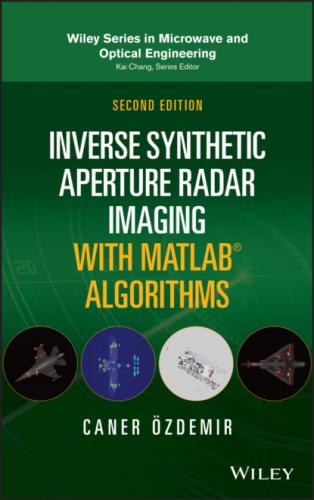Figure 1.16 The Nyquist sampling procedure for getting unaliased range image. (a) Frequency‐domain radar signal for a range windowed data, (b) range domain signal, (c) sampling comb signal in frequency domain, (d) its range domain equivalent, (e) critically sampled version of the frequency‐domain signal, and (f) its range domain equivalent.
(1.34)
where c is the speed of light. Utilizing the relationship between the wave‐number; k and the distance; R in Eq. 1.30, the sampling in the wave number domain should satisfy the following inequality:
(1.35)
This inequality is forced by the famous Nyquist sampling condition. The minimum sampling frequency, then, should be equal to
(1.36)
Then, the sampled version of frequency‐domain signal G(f) is obtained by the multiplication of the G(f) with the following impulse comb function:
(1.37)
The plot of this comb function is shown in Figure 1.16c. By taking the IFT of this comb function, we can get another comb function in the range domain as
(1.38)
as depicted in Figure 1.16d. The sampled version of frequency‐domain signal, Gs(f) can be get by multiplying the original frequency‐domain signal, G(f) with the impulse comb function in Figure 1.16c as
(1.39)
that is shown in Figure 1.16e. The range domain equivalent of the frequency‐domain sampled signal can be found via inverse Fourier transforming as
(1.40)
Figure 1.17 The effect of sampling rate. (a) No aliasing due to oversampling and (b) aliased or distorted range domain waveform due to undersampling.
where “*” denotes the convolution operation. Therefore, the resultant range domain signal is periodic with (c/2df) intervals. If df is chosen to be equal to (df)min = c/2Rmax, the period of gs(r) becomes Rmax as illustrated in Figure 1.16f. If G(f) is sampled finer than (df)min, that is, over‐sampled, no aliasing occurs and the resultant gs(r) signal will be similar to the one in Figure 1.17a. Therefore, when the DFT is used, the original range domain signal falls within one period of gs(r) and can be recovered without any distortion. When a sampling rate of df ≥ (df)min is used, gs(r) signal is aliased as demonstrated in Figure 1.17b and the original range domain signal g(r) is distorted within one period of (c/2df). Therefore, the recovery of g(r) is not possible due to undersampling of G(f). The effect of aliasing in ISAR imaging will be covered in Chapter 5, Section 5.2.
1.11 Matlab Codes
Below are the Matlab source codes that were used to generate all of the Matlab‐produced figures in this chapter. The codes are also provided inside the CD of this book.
Matlab code 1.1 Matlab file “Figure1‐1.m”_________________________________
%‐‐‐‐‐‐‐‐‐‐‐‐‐‐‐‐‐‐‐‐‐‐‐‐‐‐‐‐‐‐‐‐‐‐‐‐‐‐‐‐‐‐‐‐‐‐‐‐‐‐‐‐‐‐ % This code can be used to generate Figure Figure 1.1 %‐‐‐‐‐‐‐‐‐‐‐‐‐‐‐‐‐‐‐‐‐‐‐‐‐‐‐‐‐‐‐‐‐‐‐‐‐‐‐‐‐‐‐‐‐‐‐‐‐‐‐‐‐‐ % This file requires the following files to be present in the same % directory: % %prince.wav clear all close all % Read the sound signal "prince.wav" [y,Fs] = audioread('prince.wav'); sound(y,Fs); %play the sound N=length(y); % TIME DOMAIN SIGNAL t=0:.8/(N-1):.8; %form time vector plot(t,y,'k'); %downsample for plotting grid minor set(gca,'FontName', 'Arial', 'FontSize',12, 'FontWeight','Bold'); axis tight; xlabel('time, s'); ylabel('amplitude'); title('\ittime domain signal');
Matlab code 1.2 Matlab file “Figure1‐2.m”_________________________________
%-------------------------------------------------------- % This code can be used to generate Figure Figure 1.2 %-------------------------------------------------------- % This file requires the following files to be present in the same % directory: % %prince.wav clear all close all % Read the sound signal "prince.wav" [y,Fs] = audioread('prince.wav'); sound(y,Fs); %play the sound N=length(y); t=0:.8/(N-1):.8; %form time vector % FREQUENCY DOMAIN SIGNAL Y=fft(y)/N; % Calculate the spectrum of the signal df=1/(max(t)-min(t)); % Find the resolution in frequency f=0:df:df*(length(t)-1); % Form the frequency vector plot(f(1:2:N)*1e-3,abs(Y(1:(N+1)/2)),'k') %downsample for plotting axis([-1 20 0 .035]) grid minor
